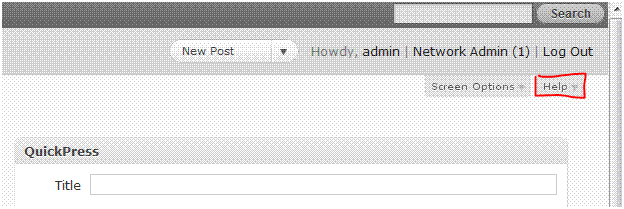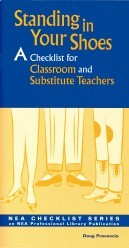PHP is like oxygen at a Wordcamp; it’s all over the place, in snippets, on slides, and within conversations. (Of course, PHP is also all over the place powering the web, too.)
During his State of the Word speech, Matt Mullenweg asked, “How many of you learned PHP from doing WordPress?” I’d say the majority of people, including him, raised hands. Of course, this raises questions of what things in PHP one learns from WordPress, and how does one keep learning more…
This helped inspire me to set up a new test site, howilearnedphp.com . I’ll use it to collect stories, pictures, and things about the continued learning of PHP. (It’s also for learning/testing the betas of BuddyPress/bbPress)
Presentations which helped me learn a little more about PHP and code development:
- Andrew Nacin, Debugging in WordPress
- Aaron Jorbin, Javascript Unit Testing
- Mark Jacquith, Servers/Scaling/Deploys (already on video)
- Andy Skelton, Deep Voodoo of the Innermost Innards of WordPress
- Michael Yoshitaka Erlewine, Custom CMS applications
- Daryl Koopersmith, Decisions not Option in Core Development Daryl pointed out that some of the core developers have checked out the entire code base of all WordPress plugins, to be able, say, to search through it for all instances of how a given hook is used.
- The Otto and Nacin Show, Transients/Caching/Multisite
Some interesting links via the event twitterstream:
- Nacin’s plugins for the P2 Theme Three plugins Andrew worked on during the weekend. Downloading his tar.gz files reminded me that many plugins are a single PHP file.
- humanshell.net has a very thorough walk-through of what the code does when a page is called.
- Interview with Mark Jaquith covers a lot of ground with advice about learning to code.
Plus, other code-heavy talks I didn’t see in person but am watching when the videos come out:



